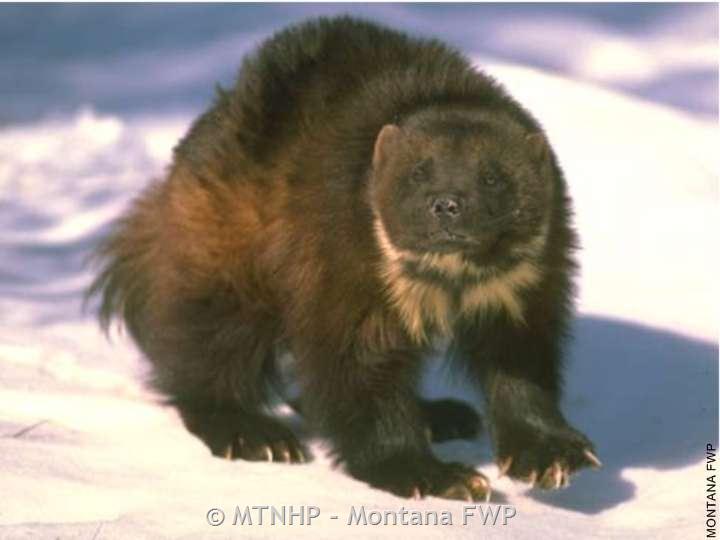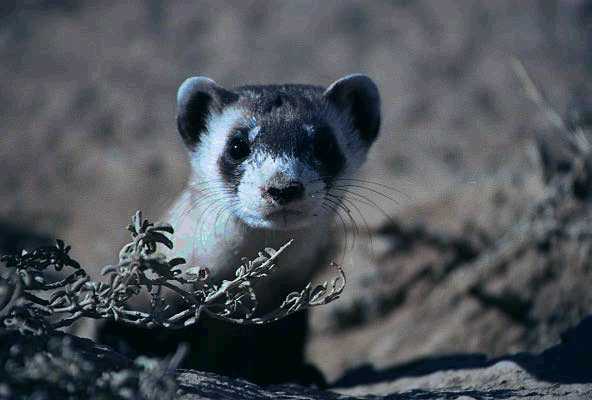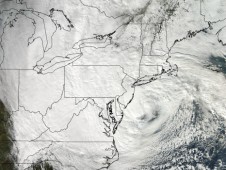 According to the Denver Post, a transmitter-equipped wolverine departed Wyoming, survived the Red Desert and has been located in Rocky Mountain National Park. Colorado was once part of the ever-rarer creature’s range, but there hasn’t been a breeding population in the state since 1919, the article says.
According to the Denver Post, a transmitter-equipped wolverine departed Wyoming, survived the Red Desert and has been located in Rocky Mountain National Park. Colorado was once part of the ever-rarer creature’s range, but there hasn’t been a breeding population in the state since 1919, the article says.
In addition to its toughness, this wolverine has an incredible sense of drama and public relations skill: the US Fish and Wildlife Service is considering adding the wolverine to the endangered species list. A court has ruled that the decision must be made by January 2013. It could be the second animal (after the polar bear) to get a federal endangered species listing because of climate change, the article says.
Read the Denver Post article here.
Read an article in the Missoulian on the proposed wolverine Endangered Species Act listing here.
And here’s a link to a press release about the Wildlife Conservation Society paper about the wolverine’s denning habitat needs that is mentioned in the Denver Post article.
Photo: Wolverine, courtesy Mountain National Heritage Program and Montana Fish, Wildlife and Parks





